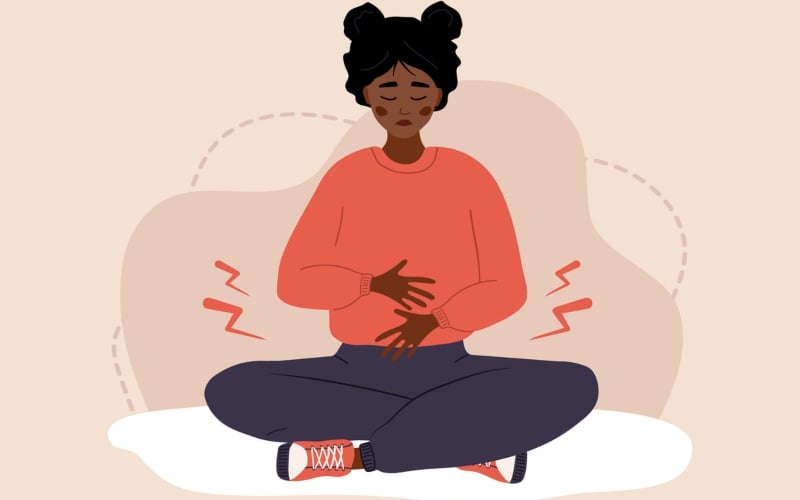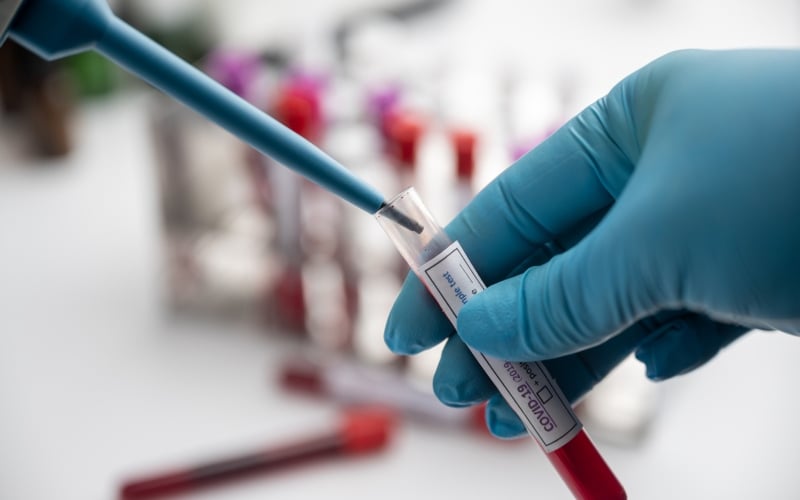By Sarah Avery-Duke
While providing little evidence of brain differences that are identifiable by MRI, the finding points to the need for more refined imaging techniques to better characterize the underlying biology of attention deficit hyperactivity disorder, which is diagnosed in an estimated 9% of children in the US.
“There has been an ongoing debate dating back decades about whether ADHD is in fact a true biological disorder, or if it instead reflects normal variation in attention and related behaviors,” says senior author Jonathan Posner, vice chair of research at Duke University’s psychiatry & behavioral sciences department.
“While this finding rekindles that long-standing debate, we do believe it is a biological disorder,” Posner says. “It can be both—a biological disorder, but also have normal variations within that.”
For the study in The Lancet Psychiatry, Posner and colleagues analyzed data from a large longitudinal study called the Adolescent Brain and Cognitive Development Study, which included 10,736 participants. Of those children, 949 met the criteria for ADHD. Upon enrollment in the study, the children underwent brain imaging scans as well as other psychological and medical tests.
In their analysis, the researchers compared the brain scans of the children diagnosed with ADHD to scans of those who did not have the diagnosis. The researchers found only 11 significant differences across the 79 brain measures, all indicating reductions in brain measures among participants with ADHD.
The researchers note that these differences, while statistically significant, were quite small and unlikely to help in diagnosing ADHD.
The findings run counter to other, smaller studies that have identified larger and more widespread structural brain differences between children with ADHD and those without the diagnosis, the researchers say. The older ages of their study participants and having fewer children among the study group with severe cases of ADHD might explain the findings.
“It’s important to note that ADHD can be impairing,” Posner says. “Treatments help with that. And while we don’t have good evidence of structural differences appearing in MRI scans, that could well speak to the limitations of the technology, not of ADHD being outside of biology.”
The National Institutes of Health, the AACAP Pilot Research Award for Attention Disorders, the Bender-Fishbein Award in Child Psychiatry Research, the Edwin S Webster Foundation, Suzanne Crosby Murphy Endowment, and the Translating Duke Health Initiative funded the work.
Source: Duke University
—
This post was previously published on futurity.org and is republished here under a Creative Commons license.
***
You Might Also Like These From The Good Men Project
 Compliments Men Want to Hear More Often
Compliments Men Want to Hear More Often  Relationships Aren’t Easy, But They’re Worth It
Relationships Aren’t Easy, But They’re Worth It  The One Thing Men Want More Than Sex
The One Thing Men Want More Than Sex  ..A Man’s Kiss Tells You Everything
..A Man’s Kiss Tells You Everything Join The Good Men Project as a Premium Member today.
All Premium Members get to view The Good Men Project with NO ADS.
A $50 annual membership gives you an all access pass. You can be a part of every call, group, class and community.
A $25 annual membership gives you access to one class, one Social Interest group and our online communities.
A $12 annual membership gives you access to our Friday calls with the publisher, our online community.
Register New Account
Log in if you wish to renew an existing subscription.
Username
First Name
Last Name
Password
Password Again
Choose your subscription level
- Yearly - $50.00 - 1 Year
- Monthly - $6.99 - 1 Month
Credit / Debit Card PayPal Choose Your Payment Method
Auto Renew
Subscribe to The Good Men Project Daily Newsletter By completing this registration form, you are also agreeing to our Terms of Service which can be found here.Need more info? A complete list of benefits is here.
—
Photo credit: Shutterstock
The post Scans Don’t Find Much Difference in Brains of Kids With or Without ADHD appeared first on The Good Men Project.
Original Article










